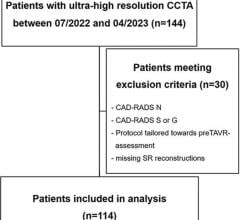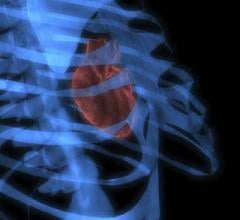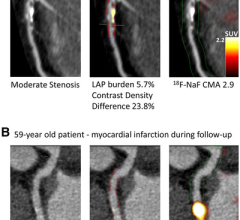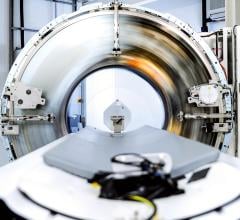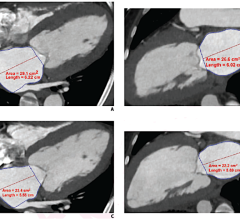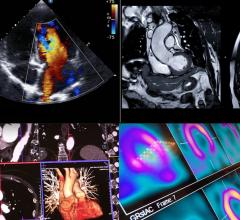July 25, 2007 – Multidetector computed tomography (MDCT) angiography is highly accurate in depicting intracranial aneurysms, according to a study published in the August issue of Radiology. In addition, MDCT angiography can be used to quickly determine the possibility of using minimally invasive treatment rather than open surgery.
“MDCT angiography enables faster imaging and provides virtually unlimited viewing angles that can facilitate assessment of aneurysm therapy,” said Karsten Papke, M.D., lead author of the study from the Department of Radiology at Klinikum Duisburg in Germany .
Intracranial aneurysms are characterized by an abnormal bulging of one or more of the blood vessels of the brain. According to the National Institutes of Health, 5 percent of people in the United States have some type of intracranial aneurysm. These aneurysms often are not discovered until they rupture, causing bleeding in the brain or in the subarachnoid membrane surrounding the brain. This type of bleeding is called a subarachnoid hemorrhage and can result in brain damage, stroke or even death.
Currently, the gold standard in diagnosis of intracranial aneurysms is digital subtraction angiography (DSA). However, MDCT angiography offers a decreased risk of morbidity and mortality compared to DSA. In addition, MDCT angiography offers distinct advantages over DSA in suspected cases of subarachnoid hemorrhage, because an MDCT angiography exam may easily be added to the standard head CT with little extra exam time and can provide a wide variety of three-dimensional viewing angles. Timely diagnosis is critical when dealing with a ruptured aneurysm.
“An important advantage of MDCT angiography is that information about the presence and characteristics of aneurysms is available at the earliest possible time,” Dr. Papke said. “The capability to view different 3-D data sets obtained with MDCT also yields additional anatomic information that is difficult or time-consuming to achieve with DSA.”
The researchers used 16-detector MDCT angiography and DSA to study 87 patients suspected of having subarachnoid hemorrhage. MDCT angiography correctly identified 62 of 63 patients with 80 of 84 aneurysms and correctly ruled out aneurysms in 24 patients. DSA identified 62 patients with 79 aneurysms and ruled out aneurysms in 23 patients, giving a slight edge in diagnostic accuracy to MDCT angiography.
Data on each ruptured aneurysm found with MDCT angiography was used to determine whether the aneurysm was suitable for endovascular coil placement, or whether a neurosurgical procedure was necessary. Based on actual treatment performed after work-up, the possibility of coil placement was correctly assessed in 69 of 74 (93 percent) of targeted aneurysms.
“MDCT can be used as the first step in diagnostic work-up of patients with subarachnoid hemorrhage,” Dr. Papke concluded.
“Intracranial Aneurysms: Role of Multidetector CT Angiography in Diagnosis and Endovascular Therapy Planning.” Collaborating on this paper with Dr. Papke were Christiane K. Kuhl, M.D., Martin Fruth, M.D., Cornel Haupt, M.D., Martin Schlunz-Hendann, M.D., Dieter Sauner, M.D., Martin Fiebich, Ph.D., Alan Bani, M.D., and Friedhelm Brassel, M.D.
Source: Radiology is a monthly scientific journal devoted to clinical radiology and allied sciences. The journal is edited by Anthony V. Proto, M.D., School of Medicine , Virginia Commonwealth University, Richmond , Va. Radiology is owned and published by the Radiological Society of North America, Inc.
For more information: www.RSNA.org/radiologyjnl


 March 07, 2024
March 07, 2024 
